This post may contain affiliate links.
If you make a purchase, My Modern Met may earn an affiliate commission.
hey readour disclosurefor more info.
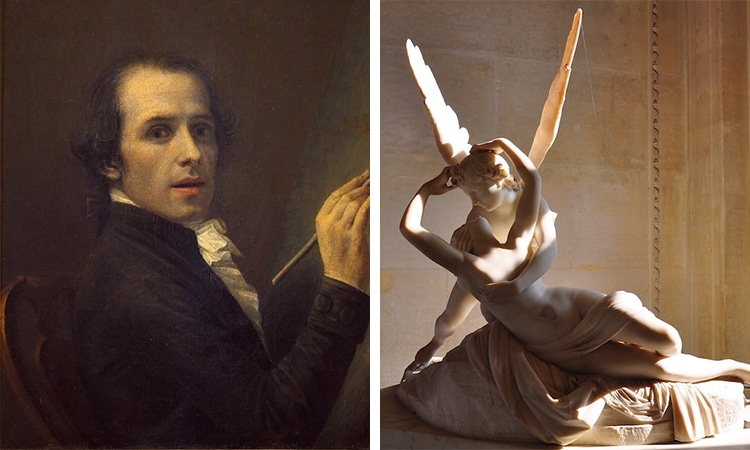
This post may contain affiliate links. If you make a purchase, My Modern Met may earn an affiliate commission. Please readour disclosurefor more info.
In the mid-1700s, artists looked back to ancient Greece and Rome for creative inspiration.
And whileJacques-Louis Davidbecame the painting pioneer of this style, an Italian namedAntonio Canovaled the field of sculpture.
Here, we will learn more about Canova and the characteristics of his art.
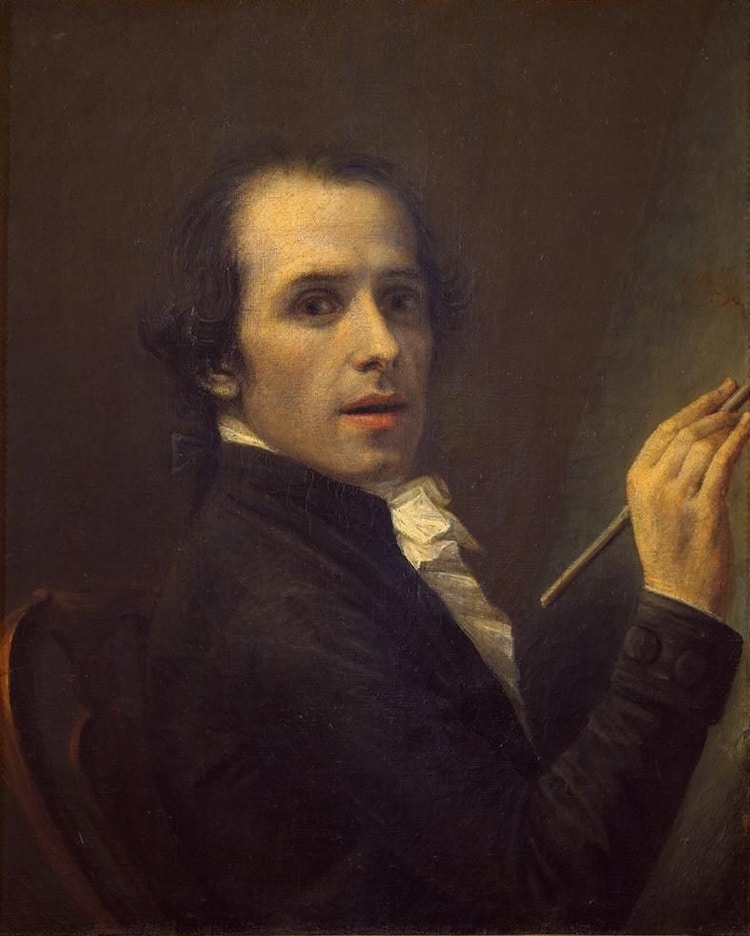
Antonio Canova, “Self-Portrait,” 1790 (Photo:Wikimedia Commons, Public domain)
Who was Antonio Canova?
He created numerous large-scale marble sculptures inspired by classical mythology with idealized figures in graceful compositions.
What was Neoclassical Art?
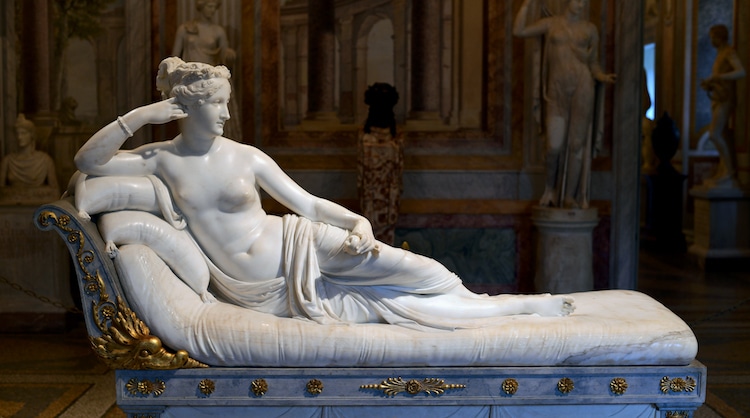
Antonio Canova, “Venus Victrix,” 1804 (Photo: Architas viaWikimedia Commons,CC BY-SA 4.0)
Neoclassicismis an 18th-century art movement based on the ideals of art from Rome and Ancient Greece.
Characteristics of Neoclassical Sculpture
Neoclassical sculpture shared many similar values to its painting counterpart.
Artists of this style created sculptures inspired by classical and mythological subject matter.
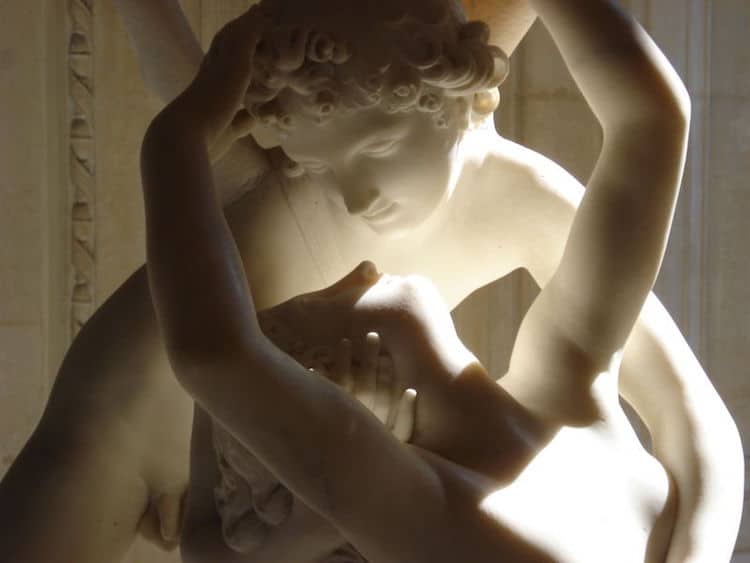
Antonio Canova, Detail of “Psyche Revived by Cupid’s Kiss,” 1788 (Photo: Alexanderinvictus viaWikimedia Commons, Public domain)
They producedidealized figures with smooth contouring, resembling the statues from Athens and Rome, often on alife-size scale.
As a result, his works glisten in the light.
Psyche lets herself sink slowly backward, languorously taking her lovers head between her hands.
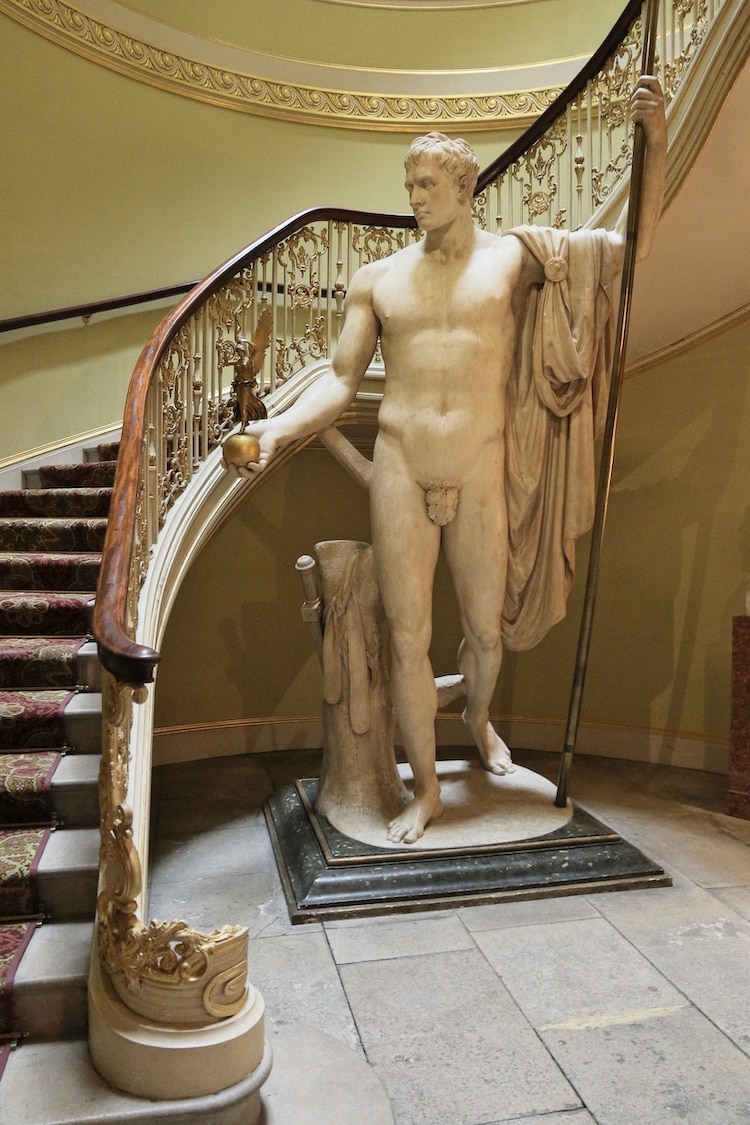
Antonio Canova, “Napoleon as Mars the Peacemaker,” 1806 (Photo: Jörg Bittner Unna viaWikimedia Commons,CC BY-SA 3.0)
The three idealized figures create a pyramid with the central woman standing tallest among them.
Their skin has been polished to great effect, making it seem like their skin glows in the light.
This work was so beloved that two versions were made.
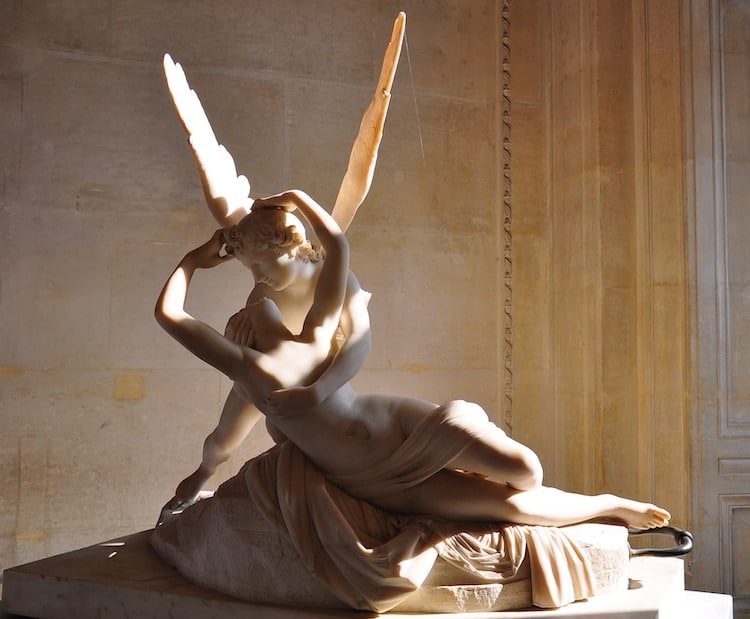
Antonio Canova, “Psyche Revived by Cupid’s Kiss,” 1787 (Photo: Kimberly Vardeman viaWikimedia Commons,CC BY-SA 2.0)
Books about Antonio Canova
Want to learn more about Antonio Canova’s art and life?
We’ve put together a selection of books that go into more detail about his artistic legacy.
Frequently Asked Questions
Antonio Canova was an Italian Neoclassical sculptor from the mid-1700s and early 1800s.

Antonio Canova, “The Three Graces,” 1814–1817 (Photo:Wikimedia Commons,CC BY-SA 3.0)
What was Antonio Canova known for?
Antonio Canova is known for his Neoclassical marble sculptures, includingPsyche Being Revived by Cupid’s Kissand theThree Graces.